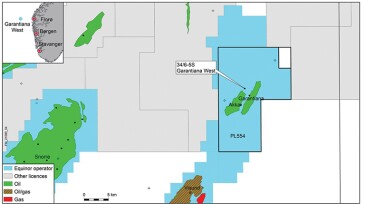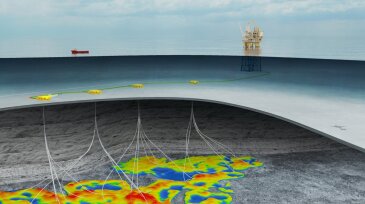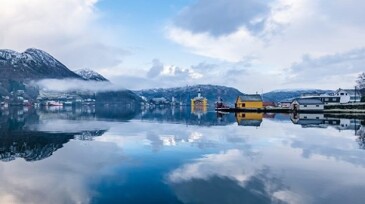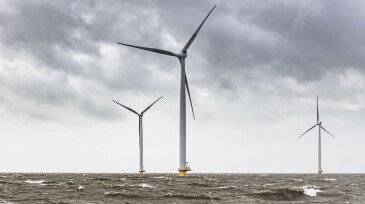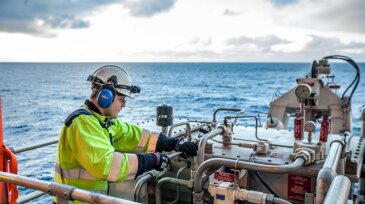Norway
-
New reserves will likely be developed via subsea tieback
-
The North Sea project is set to include 23 subsea, oil-producing wells tied into four subsea templates to tap an estimated 200 million bbl of oil.
-
Four licenses are awarded to seven oil companies as this round sees less interest than previous ones.
-
Norway appears to be taking a dual approach to energy transition. In its just-released energy white paper, the Norwegian government says it is committed to producing renewable energy and bolstering its power grid but isn’t willing to halt development of its oil and gas resources.
-
The list of potential bidders for Norway’s first tender for offshore wind farm licenses is long. More than two dozen companies and joint ventures from throughout Europe are likely to participate in the tender planned for later this year.
-
The Swedish operator is using a $35-million tree-planting initiative to offset the estimated 98,000 BOED it produces from the Edvard Grieg field about 111 miles offshore Stavanger.
-
The duo also plan to develop and mature new technologies across the carbon-capture value chain.
-
The drilling program is the first exploration well to be drilled in production license 785 S.
-
Additional acreage in the North and Norwegian seas are also available in the 2021 round.
-
With its third capacity increase in 2 years of production, the third-largest oil field on the NCS is proving to be a powerhouse for Norway.

